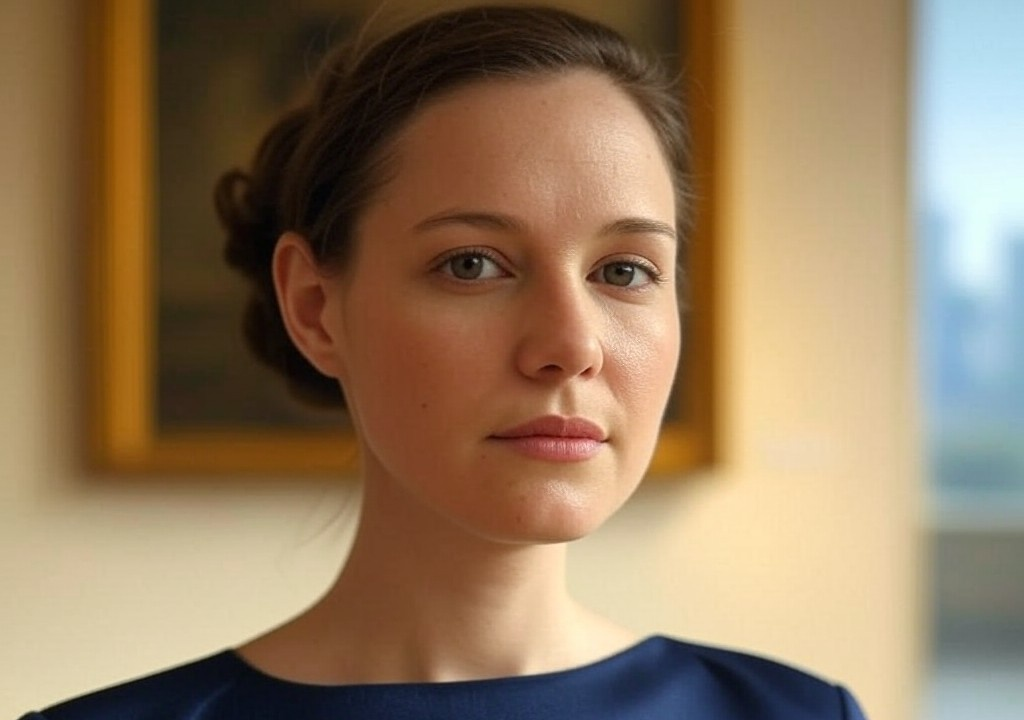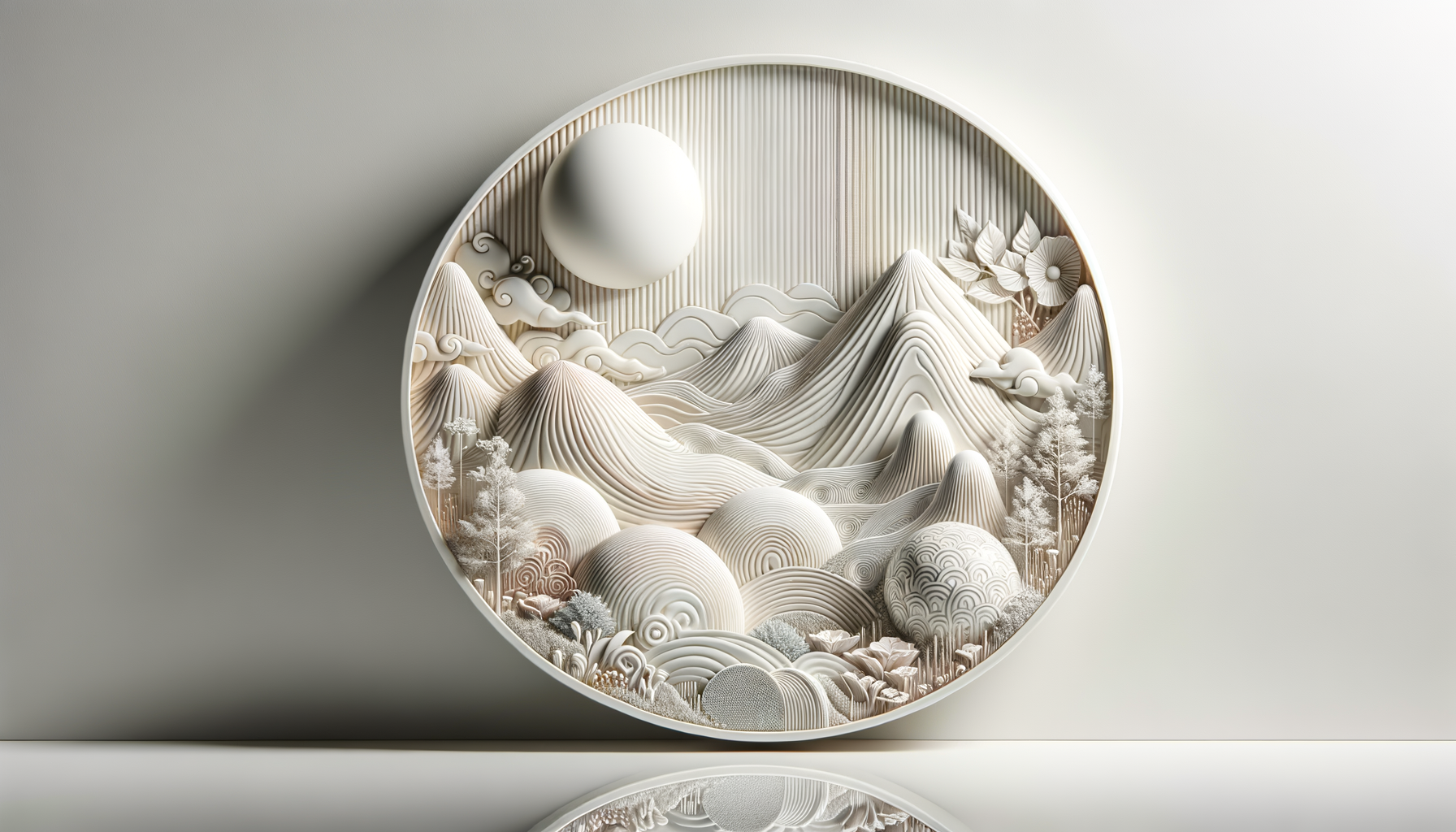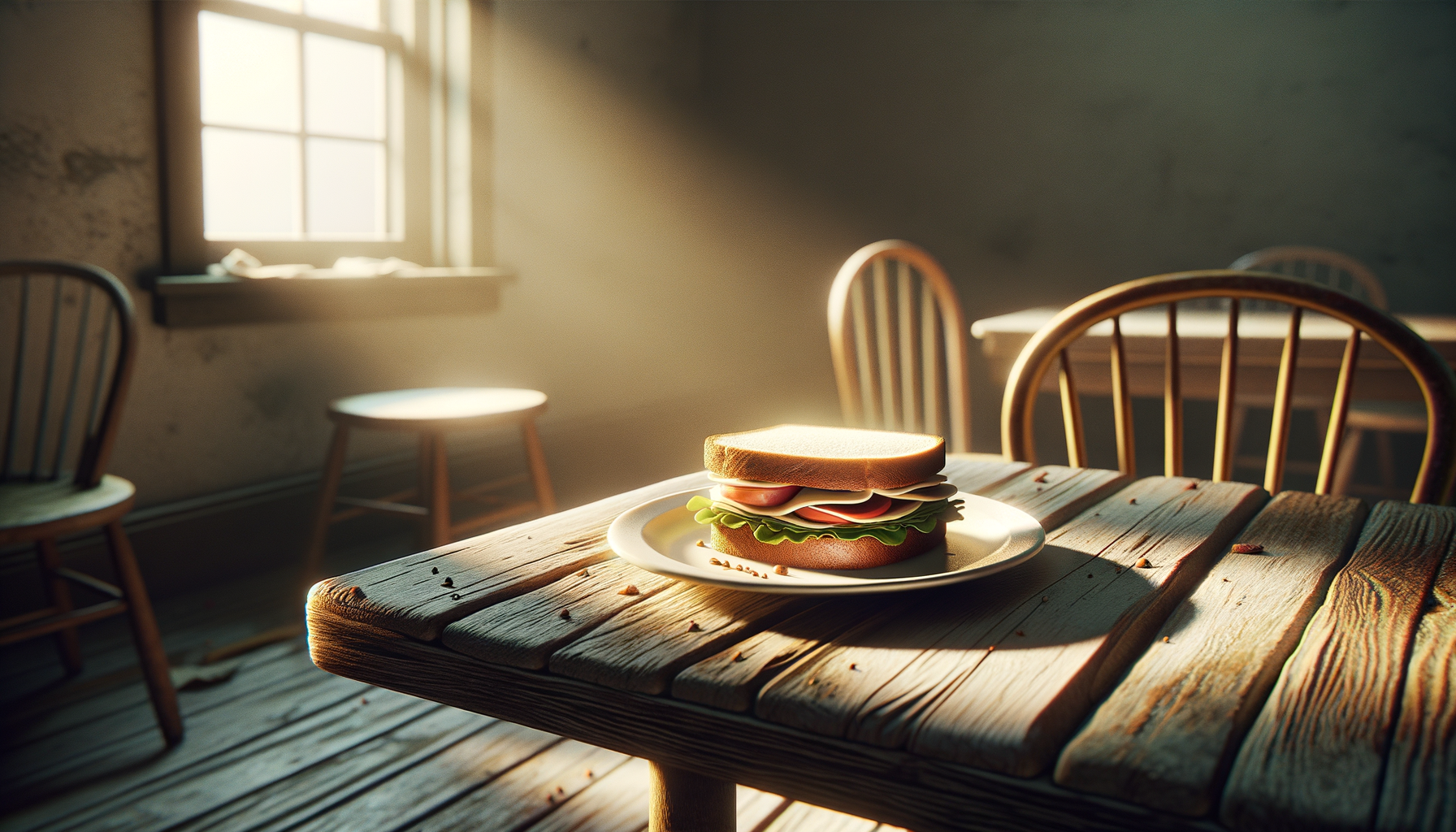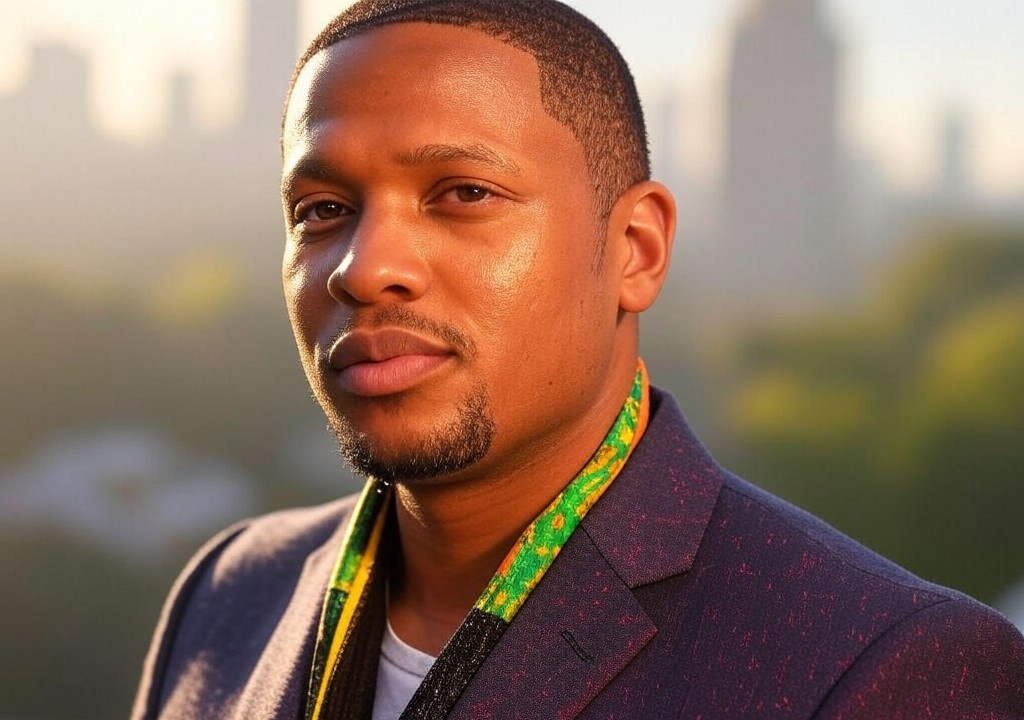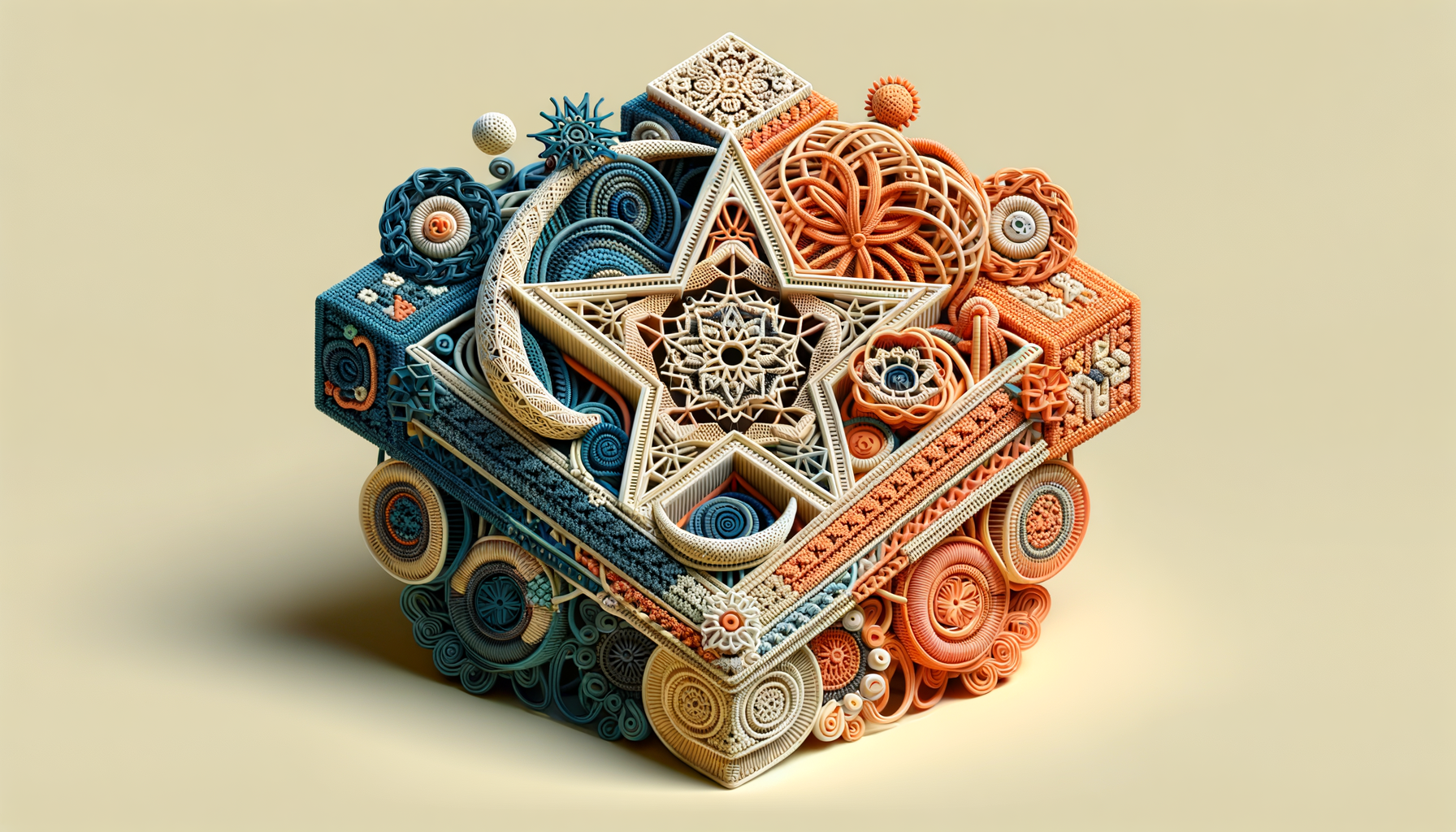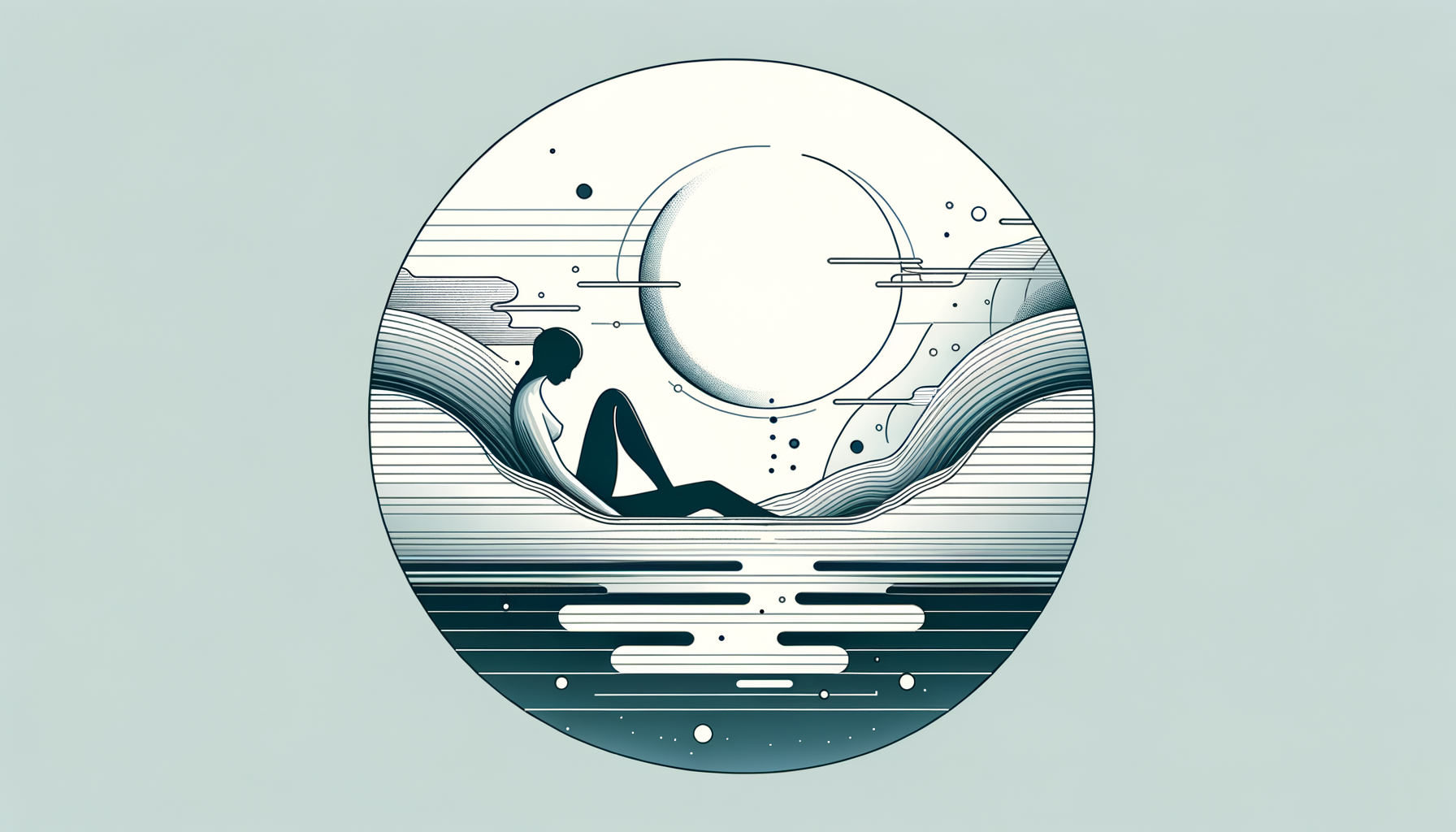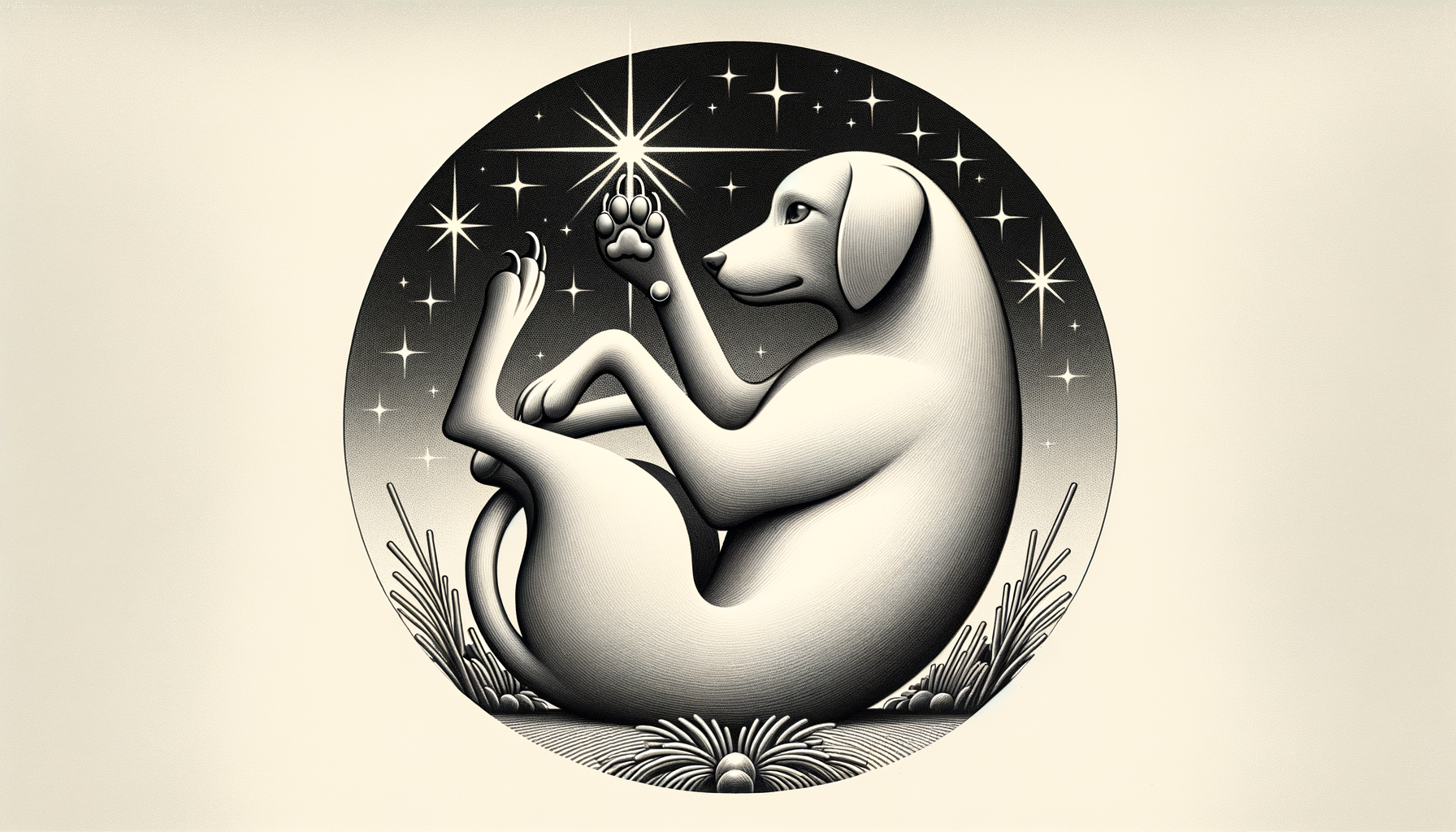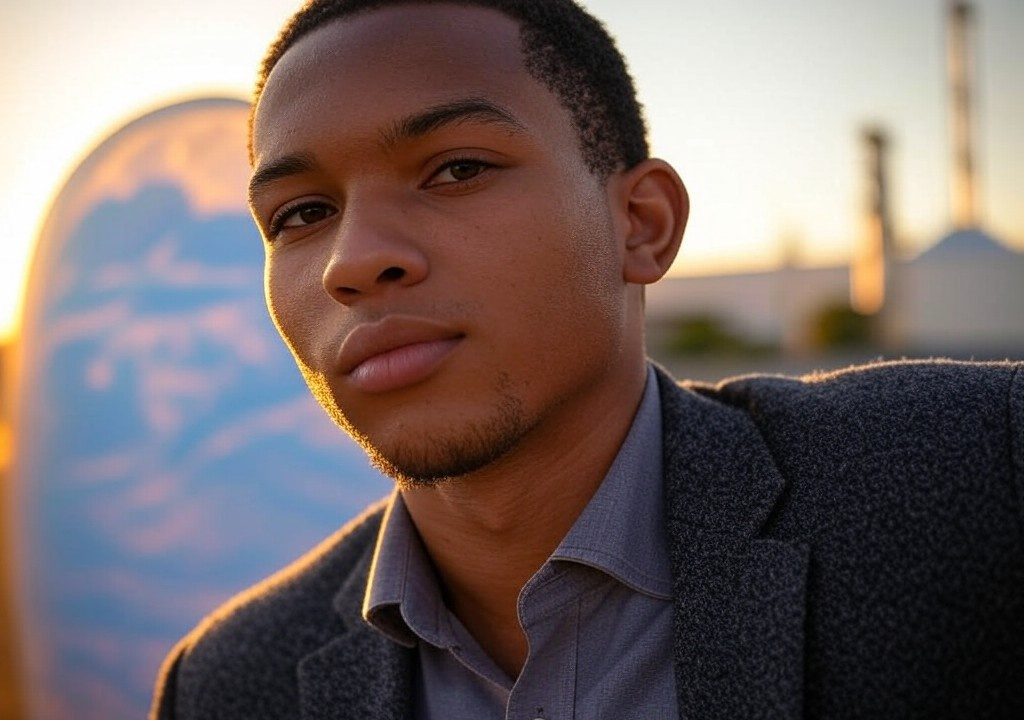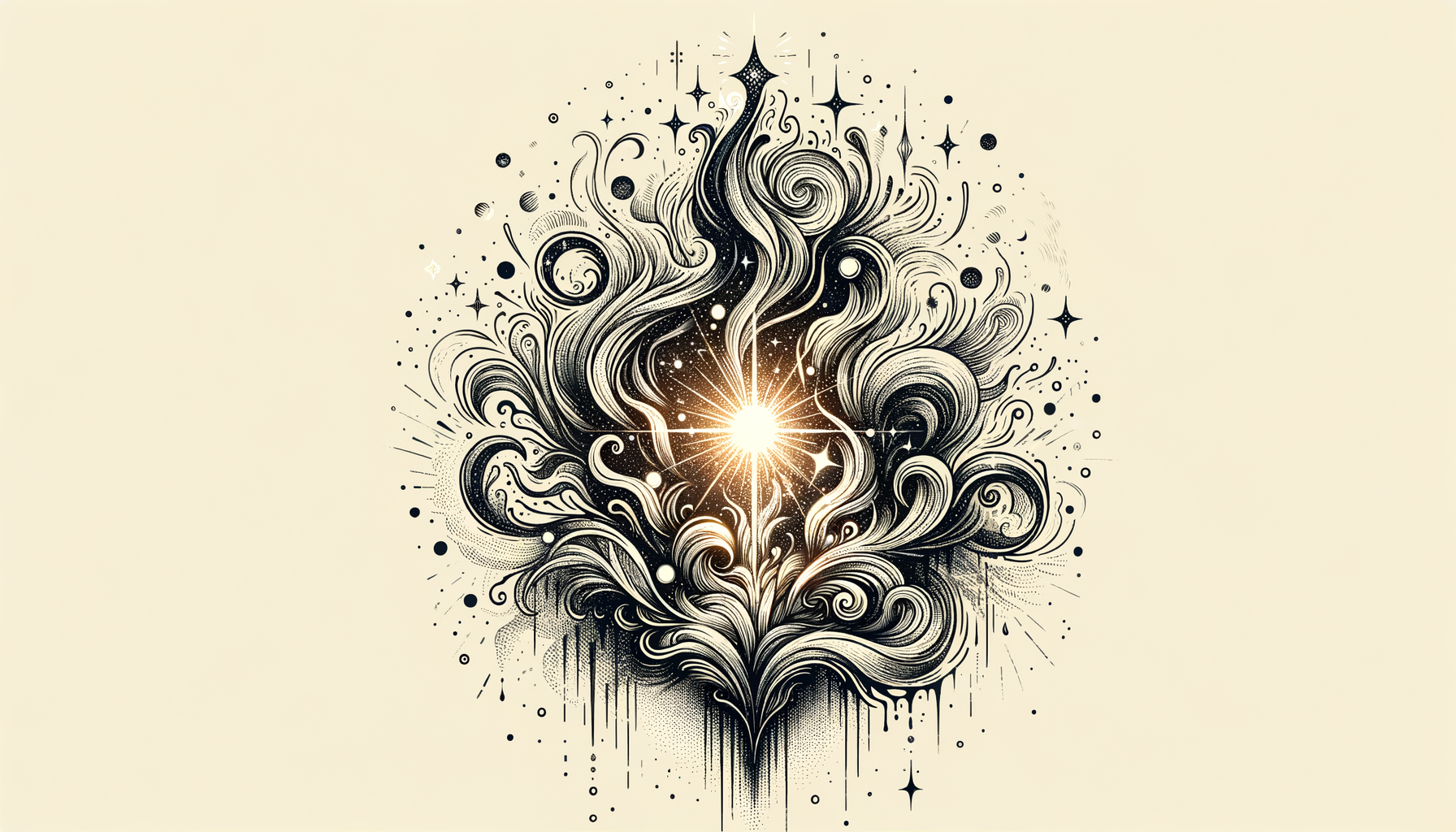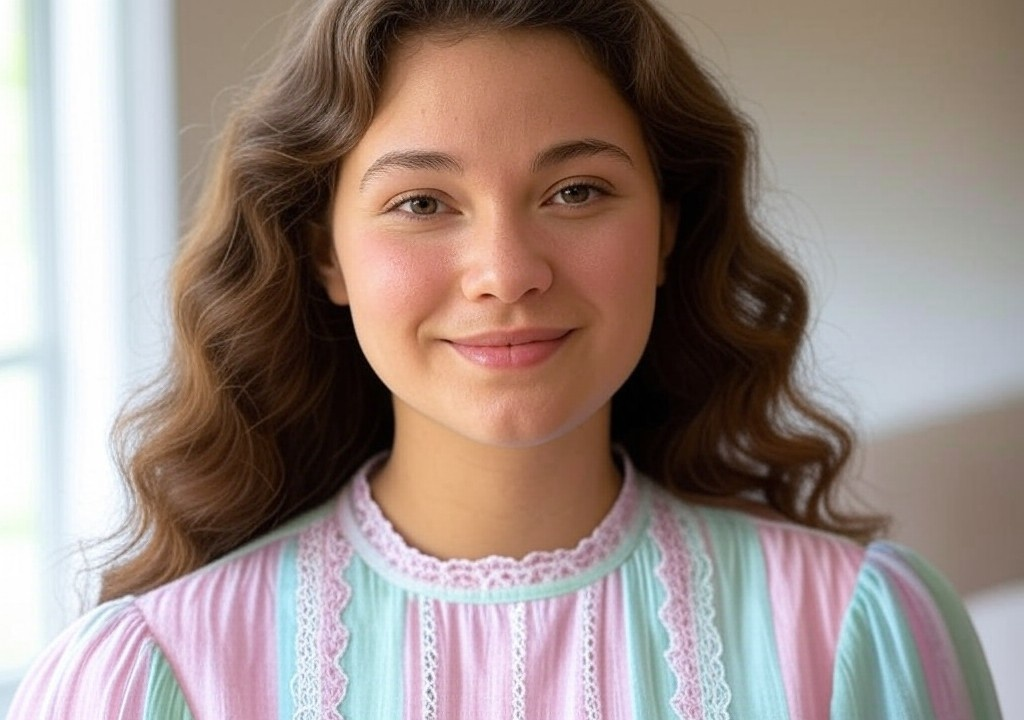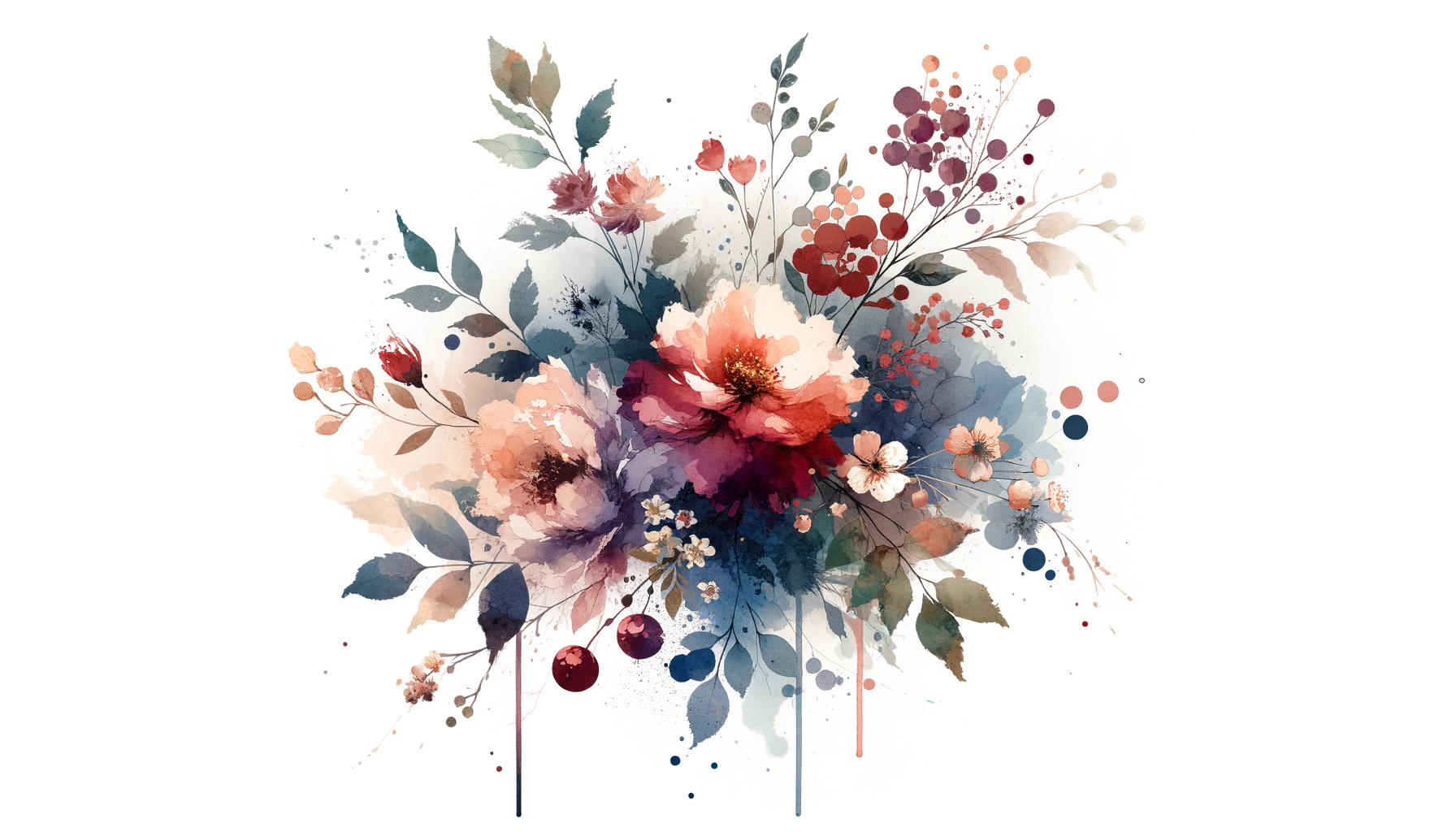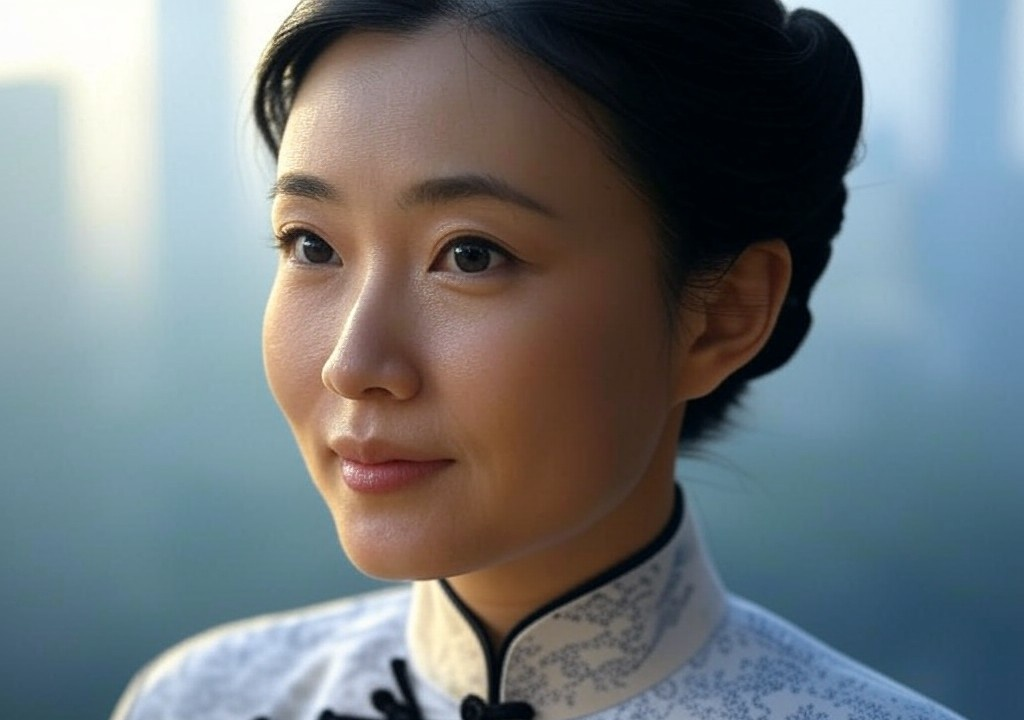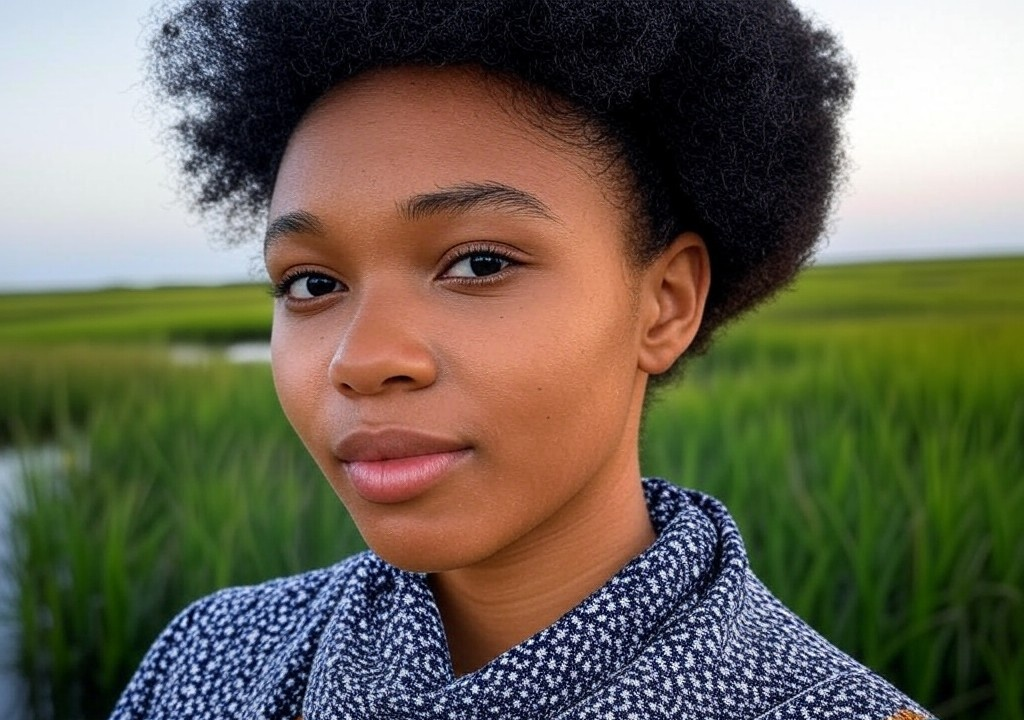Fear is a funny thing. It clings to us like a favorite, albeit ill-fitting, jacket we don’t have the courage to throw away. For some, it’s public speaking or spiders (both utterly valid). For me, however, it was something far stealthier: vulnerability. Not the Instagrammable “crying with mascara perfectly smudged” kind—I mean the raw, throbbing, emotional nakedness that comes with truly letting someone in. A relationship in all its unscripted, flawed glory. My fear of vulnerability convinced me I could curate my emotions the way I curated art: deliberate, calculated, and deeply, deeply intentional.
Spoiler alert: emotions don’t hang neatly on gallery walls.
Act I: My Love Affair with Control
Growing up on the Upper East Side, control and polish were currencies my world traded in. Dinners began with “pass the caviar” and ended with conversations about Sotheby’s auctions or whichever Rothko exhibit my mother was helping to organize. We valued beauty, precision, and—here’s the kicker—presentation. You could call it a gilded cocoon of calculated perfection, but I didn’t see it that way.
It wasn't just my surroundings—it was my entire being. As a Columbia undergrad, I placed my passions under glass. I could write a thesis on Degas’ tutus as a commentary on feminine fragility (yes, that was real), but ask me to share how I felt about anything besides impressions on canvas? A firm no. Art was the safe playground I’d disappear into like Alice down the rabbit hole. Dating, however, made me feel like someone had handed me their unedited manuscript and asked me to critique it live.
When my Oxford years unfolded, I attempted to curate my love life the same way I’d curated exhibitions. I had my “tropes” (charming intellectual meets cosmopolitan careerist) and my “themes” (adventurous long weekends to Marrakesh, wine-soaked conversations beneath villa terraces). But inevitably, something unpolished—too real—always slipped through. A boyfriend who cried during a breakup. A partner who expressed insecurity about his career trajectory. That terrifying moment when someone asked, “Do you even love me?” And there I was, searching for my exit before the gallery lights dimmed.
Act II: The Breaking Point
Fast-forward to my early thirties, back in Manhattan, where I’d returned to an admittedly fabulous (albeit art-saturated) life—charcuterie boards at gallery openings, jazz concerts at the Village Vanguard, and semi-discreet sighs from my parents about my single status. “You’re selective,” my mother once said carefully, the way one might discuss a particularly troublesome Picasso acquisition. Deep down, I knew what she meant: I was guarded.
But the breaking point came not in dinner-party whispers or career accolades, but on an otherwise ordinary day. An old friend—not a romantic prospect, just someone I trusted—called me out in the gentlest yet most surgical way possible. “You never let yourself be messy,” she said. “I can tell you listen more than you share. You wait to see how people react before you really let them in.”
Ouch. It was tea in a crystal tumbler, but it went straight to the gut. The weight of it stayed with me for days. Maybe weeks. She was right. I had built my life around beautifully layered facades and strategic edits, even in love. But facades don’t breathe, and my relationships were suffocating under the pressure.
Act III: The Work Begins
So, how does a control freak in an A-line Dior dress shed decades of self-preservation? Slowly, unevenly, and with plenty of unsanctioned drama. Therapy was obvious, though long overdue. My therapist—a woman with chic tortoiseshell glasses who could read me like a Hopper painting—didn’t let me off easily. “Perfection isn’t sustainable,” she said during our first session. “It’s isolating.”
Here’s what I learned: vulnerability isn’t just about spilling secrets over overpriced cocktails or confessing past mistakes. It’s about showing up imperfectly. It’s being honest when your expectations aren’t met, admitting you’re scared when the relationship feels wobbly, or even letting your date see you ugly cry (incidentally, not cute in my case). It’s meting out parts of yourself you’ve hoarded for fear they’ll repel. Fun, right?
I started small, like introducing experimental brushstrokes on a centuries-old canvas. On one infamous date, I admitted—actually admitted—that I wasn’t sure where I stood romantically, but I wanted to explore things further. The man in question didn’t bolt. In fact, that honesty sparked weeks of meaningful conversations that would’ve never happened if I’d stuck to my “cool-girl” script.
When I finally told my then-partner I loved him, it wasn’t whispered over candlelight in Venice. It was blurted after a particularly ordinary argument about laundry (he folded fitted sheets wrong—don’t ask). But the messy, unscheduled delivery made it infinitely more real.
Act IV: What I Learned (a.k.a. The Hard Truth)
Here’s the truth: facing fear is not glamorous. It’s not operatic or profound, and it rarely arrives with a symphony swelling in the background, though I often wish it did. Changing the way I approached relationships felt a little like stretching a tight muscle you didn’t know existed—you don’t realize how rigid you were until you begin to loosen.
This is what I’ve taken from my foray into vulnerability:
-
Understanding Beats Precision. There is no such thing as the perfect response in a relationship. (Believe me, I tried to “curate” mine.) People connect through shared understanding and honesty—not impeccably delivered lines.
-
Failing is Part of It. Vulnerability doesn’t eliminate rejection. But it does soften its blow, because you’re not shouldering rejection as some kind of punishment for imperfection.
-
Your Fear Won’t Vanish Overnight. To this day, I still fight the urge to over-polish my words when I’m upset or scared. But each time I resist cleaning up my narrative, I grow.
Act V: Keeping the Gallery Open
For a long time, my relationships resembled the curated halls of my upbringing: lovely to look at, but don’t touch the art. What I’ve learned is that open galleries—where the paint is still drying and curious hands leave smudges—are infinitely more rewarding. Vulnerability isn’t about throwing your heart at someone recklessly; it’s choosing to step closer, even when your instinct is to step away.
If you, like me, hesitate to show your cracks, start small: admit when you’re uncertain. Share an embarrassing detail about yourself. Say what you really mean, even if you’re terrified your voice will shake. Relationships aren’t exhibits to be critiqued—they’re works-in-progress that thrive because of their flaws.
The fear of vulnerability, I’ve found, is really just the fear of being unmasked. But here’s the thing about masks: they’re heavy. Letting go may not make you lighter overnight, but eventually—like me—you’ll find you can breathe again. And that? That’s worth every messy, marvelous second.


